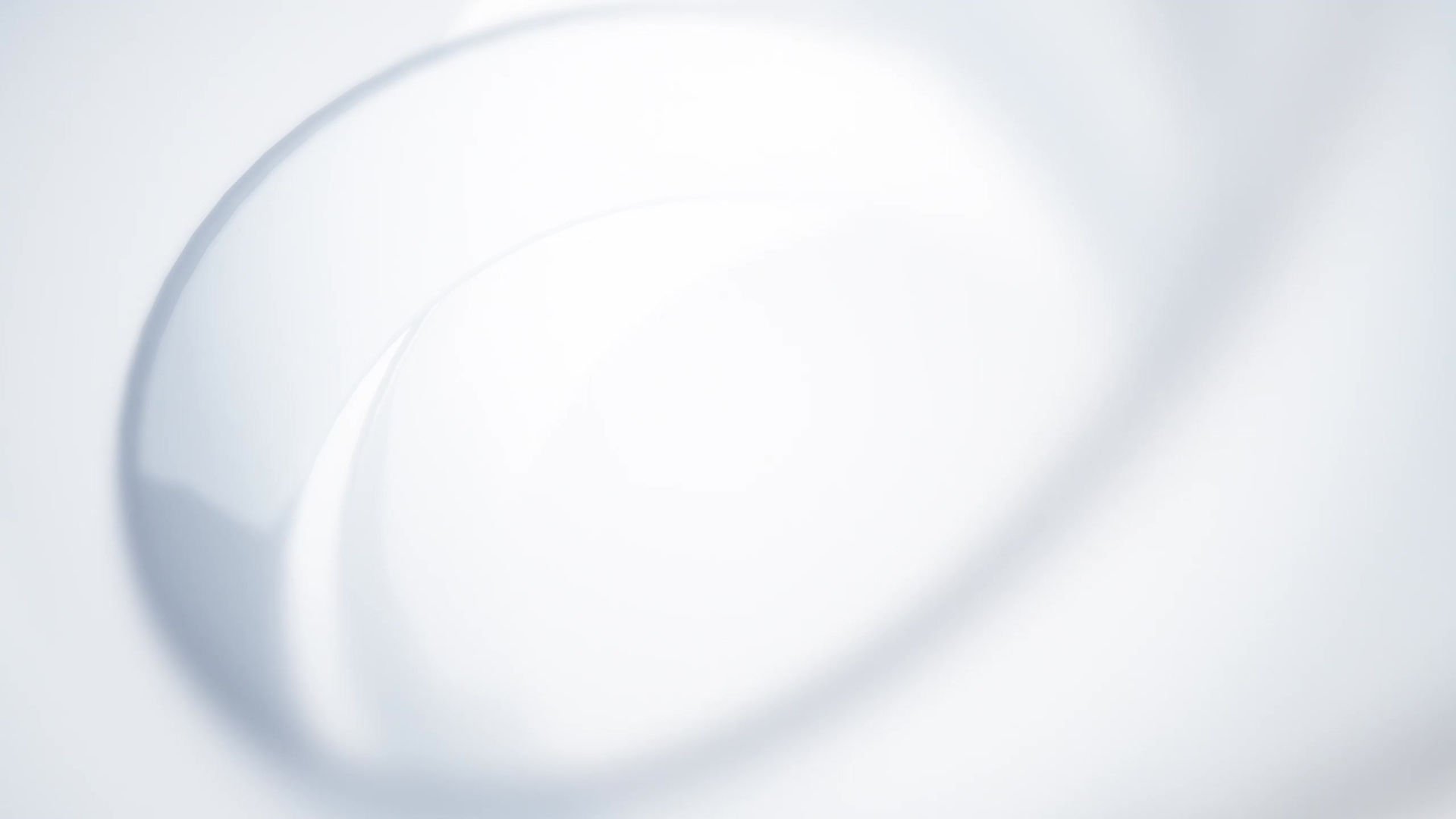top of page

Our Work Process
Mould design is an important aspect of the production process in a variety of industries, including automotive, aerospace, consumer goods, and others. It entails developing a precise and efficient mould or tool that will be used to manufacture a specific product using processes such as injection moulding, blow moulding, or compression moulding.
Here are the important steps in mould design
1.
Product Analysis:
The first stage is to properly assess the product that has to be manufactured. This involves comprehending its dimensions, features, material attributes, and any specific considerations.
2.
Material Selection:
It is critical to select the right material for the mold. The selection of materials, which can include metals, plastics, or composites, will be influenced by factors such as the product's material, manufacturing volume, and moulding technique.
3.
Design Concept:
A design concept for the mould is created based on the product analysis. The separating line (the separation line between the two parts of the mould), the gating system (through which the molten material is injected), and the ejection system (to remove the final product from the mould) must all be determined.
4.
Detailed Design:
Creating 2D or 3D drawings of the mould components is part of the comprehensive design. This contains the core and cavity, as well as any cooling channels, vents, and other features required for the mould's operation.
5.
Mould Construction:
The mould construction procedure begins once the precise design is completed. The design specifications are used by skilled toolmakers or mould makers to fabricate the mould components using machining , VMC (Vertical Machining Centers) , EDM (Electrical Discharge Machining), Injection Mold Machining or other techniques.
6.
Assembly and Testing:
The mould components are integrated into a full mould after they have been created. The mould is subsequently tested to guarantee correct functionality, such as dimensional precision, cooling efficiency, and proper completed product ejection.
7.
Production:
The mould is ready for manufacturing when the design and testing steps are successfully completed. Molten material is injected into the mould, and the shape and features of the mould shape the product. Depending on the complexity and volume of production, the manufacturing process may be automated.

Coming Soon


Coming Soon


Coming Soon


Coming Soon


Coming Soon


Coming Soon


Coming Soon

bottom of page

